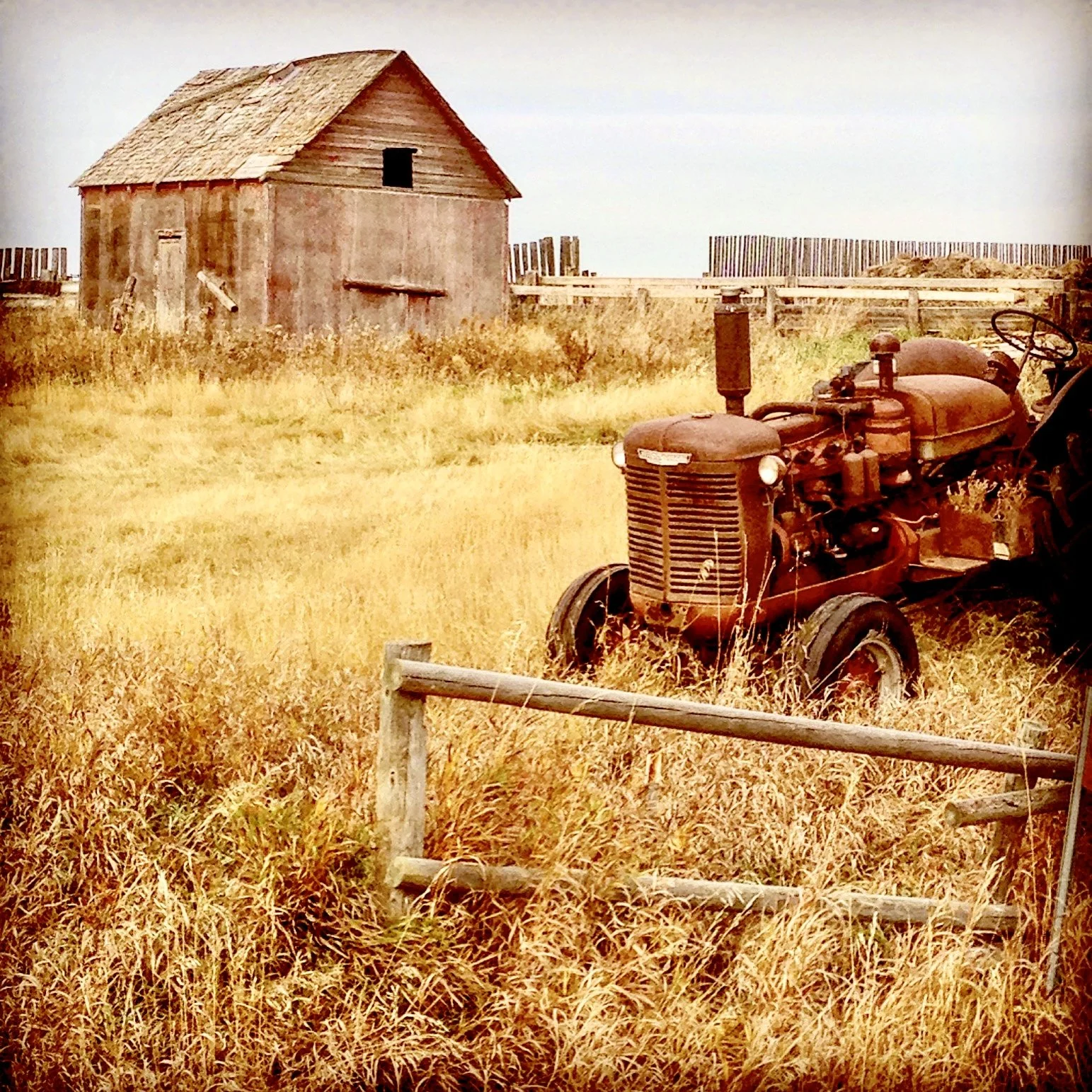Film Directing 122: The Director's Locations
/LEVEL 100 blogs are for film students and first-time directors taking on the directing role for a short film. The series is designed to help and guide new filmmakers through the director’s prep duties, pre-production activities, and principle photography dynamics.
Give your locations the kid-glove treatment
The right location can improve the look of your film – but it can also be a production nightmare. Make sure to consider your priorities and know what you need for your frames to look good and your shoot to run smoothly.
There are certain amenities and necessities to look for when scouting locations – both interiors and exteriors. If a location looks great but lacks the convenience, space, and facilities – protect the downside. Production slowdowns are one thing. Unhappy coworkers are another.
It’s unrealistic to think that you can make any location work when you’re on a low-budget production or in film school mode. Hardships for the cast and crew, such as people standing for hours in the hot sun or pouring rain, will have a negative impact on your show.
Film schools, equipment rental companies, and film insurance providers must confirm your paperwork before any gear goes out the door. Permits or contracts are required for all locations.
Productions must secure location permits for exterior location shoots on city or public property. In many situations, it’s also important to ensure that your shoot will not inconvenience or infringe on neighbours or nearby businesses.
Signed location contracts with the registered property owner are required for privately owned land and buildings. A tenant cannot provide approval for the use of their home or apartment to a film production. It must be the owner.
Make sure the location works for production before you commit.
***
What makes a great location?
If it's an exterior, ask these questions:
Are there washrooms for cast and crew?
Is there convenient parking for work trucks and production crew vehicles?
Is there a room where the actors can get into wardrobe?
Is there an area for makeup chairs, tables, and mirrors?
Is there shade from sun and shelter from rain near the camera?
Is there a place for the actors to relax between shots?
Is there a place to stash equipment that’s not in use?
Is there power for charging batteries, etc.?
Is there a place for craft service to set up?
Is there a place for lunch?
How does the location work for sound?
Does traffic – vehicle and pedestrian – need to be controlled?
If it's an interior, you have all these same concerns – and a few more:
How much power is available for lights and equipment?
What are the neighbours like? Are they noisy?
Will you be interrupting businesses?
Will businesses be interrupting you?
What steps need to be taken to minimize damage to the property?
Are there any bottlenecks to consider for loading in or out? Such as elevators, narrow corridors, or stairs?
You may find an apartment that has the right look but keep in mind that size matters! A small apartment will get crowded fast with make-up, cast, crew, wardrobe, craft service, etc. It will also get noisy.
If you find a great apartment, look for a nearby space that can be a staging area for your equipment, cast and crew personal items, craft service, a place for chairs so cast and crew can take a break, and a facility to serve and eat lunch if you’re shooting for more than six hours.
Weather is a concern for both interiors and exteriors. Think ahead about how you can navigate an unexpected downpour with a secondary plan – for the frame, as well as for the production mechanics.
Loading in equipment from a truck to an interior in rainy or snowy weather can create a problem for the owners of a location who expect their floors and carpets to not be damaged. Again, think proactively and solve any potential problems ahead of time.
***
I strongly recommend students use exterior park locations for their first films.
Public Park permits are generally quicker and easier to get than permits for a city street where your camera might block pedestrians or businesses. For interior locations, contracts with owners of private property can sometimes be difficult to secure.
The right park location would ideally have the amenities you need: washrooms, parking, coverage for rain and sun, and possibly a building, church basement, or community centre nearby with space for make-up, wardrobe, and lunch if needed.
When scouting exterior locations try to visit during the time you will be shooting. It's important to know where the sun rises and sets, and what objects, such as trees or buildings, might throw shadows at any time of your shooting day. This is a good idea for interiors, too!
So, if you can rewrite a scene for daytime at a park bench, a picnic table, or a pathway – do it.
Securing the location permit is a big step in moving your production ahead.
Final note: leave your locations better than when you arrived – no garbage, no damage, no complaints, no footprint left behind. Everyone, including other filmmakers, will thank you!


